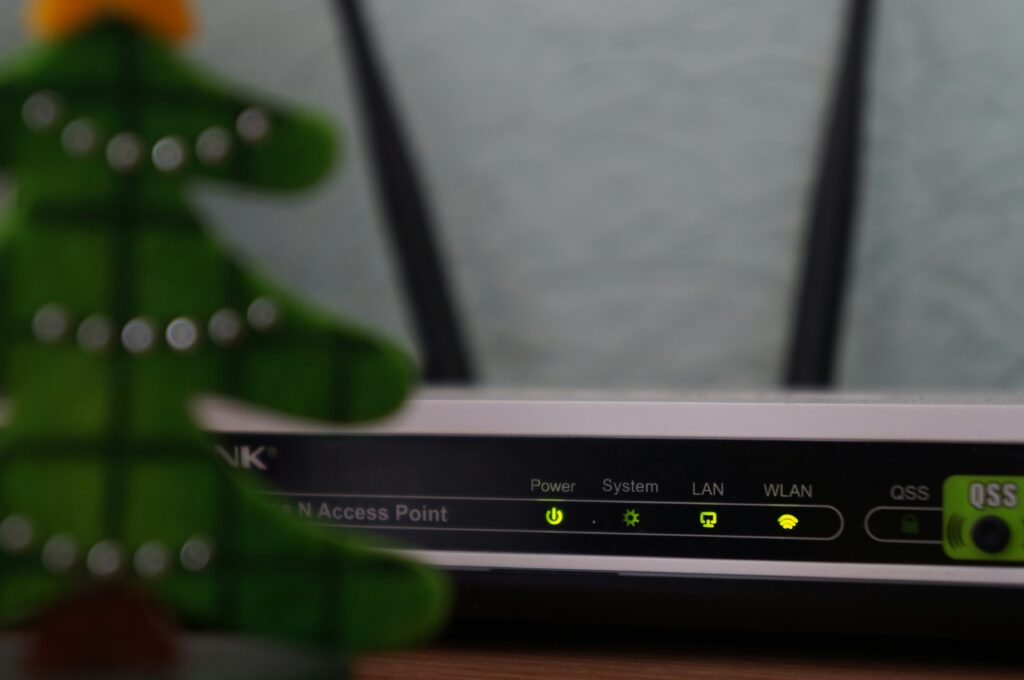What do you think about the increased security measures for your digital workspace? Microsoft has just announced a significant policy that will mandate multi-factor authentication (MFA) for all Azure sign-ins. This move aims to beef up security and safeguard against the growing complexities of cyber threats. This isn’t just a slap-dash decision; rather, it’s a well-considered approach to providing several options to cater to diverse user needs.
Microsoft’s MFA Mandate: An Overview
Announcement and Timing
On August 16, 2024, Microsoft made an important declaration through Deputy Editor James Coker of Infosecurity Magazine: MFA will now be compulsory for every Azure sign-in. This isn’t just a quick patch; it’s part of Microsoft’s Secure Future Initiative (SFI), launched to ensure that your data and accounts are protected from harmful attackers. The enforcement will start in the latter half of 2024 and continue into early 2025.
Multiple Options for MFA
Imagine buying a car where you could choose the color, the type of seats, and the kind of entertainment system you want. Microsoft offers a similar kind of customization for MFA. You’re not confined to a single method. They provide a host of MFA options through Microsoft Entra to suit your needs:
- Mobile App Approvals: These include push notifications, biometrics, or one-time passcodes through Microsoft Authenticator.
- FIDO2 Security Keys: Sign in without a username or password using USB, NFC, or other external security keys adhering to FIDO standards.
- Certificate-based Authentication: Enables phishing-resistant MFA using personal identity verification (PIV) and common access card (CAC).
- Passkeys: Available using Microsoft Authenticator, SMS, or voice approval.
For the tech-savvy, it’s a playground of security options. And for those less inclined? No worries, the process is designed to be as hands-off and seamless as possible.

The Mechanism of MFA
Why is MFA Important?
In today’s rapidly evolving digital landscape, relying solely on passwords is akin to locking your door but leaving the windows wide open. MFA adds an additional layer of security, requiring multiple forms of verification to confirm a user’s identity. This makes it much harder for cybercriminals to gain unauthorized access even if they have one form of credential.
MFA Options Through Microsoft Entra
Here’s a quick breakdown of each MFA option to help you understand what’s available:
| MFA Option | Description |
|---|---|
| Mobile App Approvals | Use of push notifications, biometrics, or one-time passcodes via Microsoft Authenticator. |
| FIDO2 Security Keys | Sign-in without username or password using USB, NFC, or other external security keys adhering to FIDO standards. |
| Certificate-based Authentication | Phishing-resistant MFA using PIV and CAC. |
| Passkeys | Uses passcodes through Microsoft Authenticator, SMS, or voice. |

Exclusions and Special Conditions
Who is Affected?
When Microsoft says they’re mandating MFA, they mean it. Still, it’s crucial to know whom this mandate affects:
- All Users Performing CRUD Operations: That’s Create, Read, Update, Delete. However, casual users accessing apps, websites, or services hosted on Azure (but not directly signing into Azure portals) are exempt.
- Not Impacted: Managed identities, service principals, and workload identities are off the hook. Authentication requirements for end users remain under the control of app, website, or service owners.
Phased Rollout
Nothing’s worse than scrambling to meet a sudden deadline. Microsoft thought ahead and planned a phased rollout so you can stay ahead of the curve.
Phase 1 – October 2024
- Entra global admins will receive a 60-day heads-up via email and Azure Service Health Notifications.
- MFA is required for sign-ins to Azure portal, Microsoft Entra admin center, and Intune admin center.
Phase 2 – Early 2025
- The MFA blanket will extend to Azure CLI, Azure PowerShell, Azure mobile app, and Infrastructure as Code (IaC) tools.
Moreover, if your setup is more complex, Microsoft will consider extended timelines to ensure smooth integration.

The Secure Future Initiative (SFI)
A Quick Recap
The MFA mandate falls under the larger umbrella of Microsoft’s Secure Future Initiative (SFI), which started in November 2023. The SFI aims to fortify Microsoft’s cyber defenses against increasingly sophisticated cyber threats. One of the major focuses? Protecting identities and secrets with 100% phishing-resistant MFA.
Pledge for Stronger Security
In a world where data breaches feel like daily news, Microsoft has committed to bolstering its cybersecurity measures. In June 2024, Microsoft President Brad Smith acknowledged previous lapses and vowed to tighten their security protocols. This MFA roll-out is a step in meeting that pledge.

FAQs on Azure MFA Mandate
How Will This Impact Existing Users?
If your organization is already using Microsoft defaults or a Conditional Access policy for Azure sign-ins, the transition should be smooth. For other users, it’s best to start planning now to avoid any interruptions.
Will External MFA Solutions Work?
Yes, Microsoft has stated that external MFA solutions and federated identity providers will still meet the MFA requirements, as long as they are configured to send an MFA claim.
Are There Exceptions?
End users engaging in CRUD operations will be impacted. However, those simply using Azure-hosted apps or services without signing into Azure’s backend are exempt. Similarly, managed identities and service principals continue business as usual, unimpeded by this new requirement.
When Will I Be Notified?
Entra global admins will receive a 60-day notification via email and Azure Service Health Notifications before the roll-out in October 2024. The phased approach will end in early 2025, spanning various Azure interfaces.

Conclusion
So, what’s the bottom line for you? The mandatory implementation of MFA for Azure sign-ins aims to fortify your security without disrupting your workflow. With multiple customizable options available and a phased rollout, Microsoft has taken thoughtful steps to ensure a seamless transition. This initiative is not just about compliance; it’s about protecting your data in increasingly uncertain times.
In the world of cybersecurity, one layer of protection is never enough. Microsoft’s mandatory MFA for all Azure sign-ins represents a proactive step towards safeguarding your professional and personal digital domains. Better security means peace of mind, and in today’s interconnected world, that’s priceless.
Get ahead, stay secure, and embrace the change—after all, this is one mandate you won’t want to miss.
Would you like to start preparing your environment for this change? Consider revisiting Microsoft’s documentation to get all the nitty-gritty details.
Source: https://www.infosecurity-magazine.com/news/microsoft-mandates-mfa-azure/

